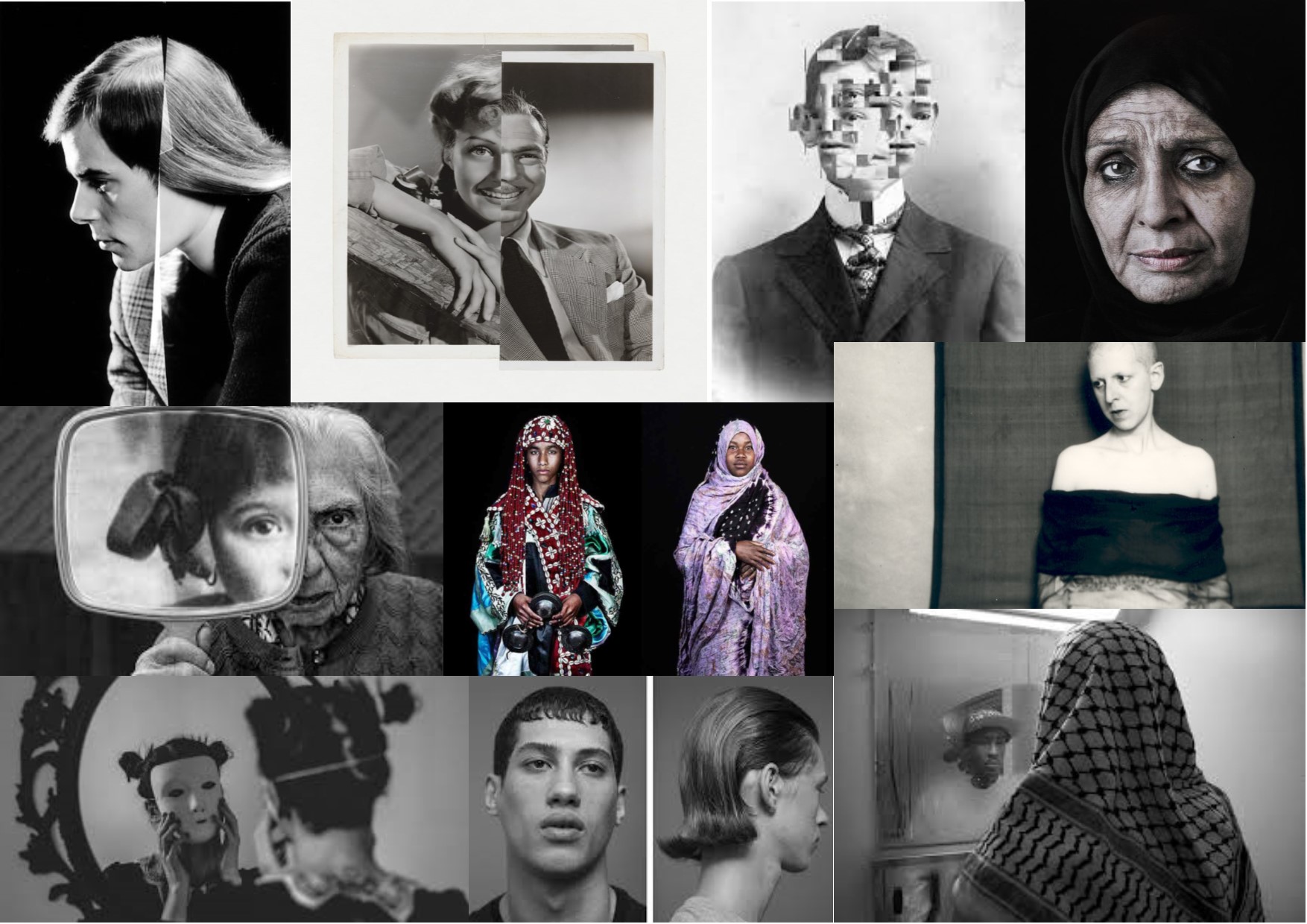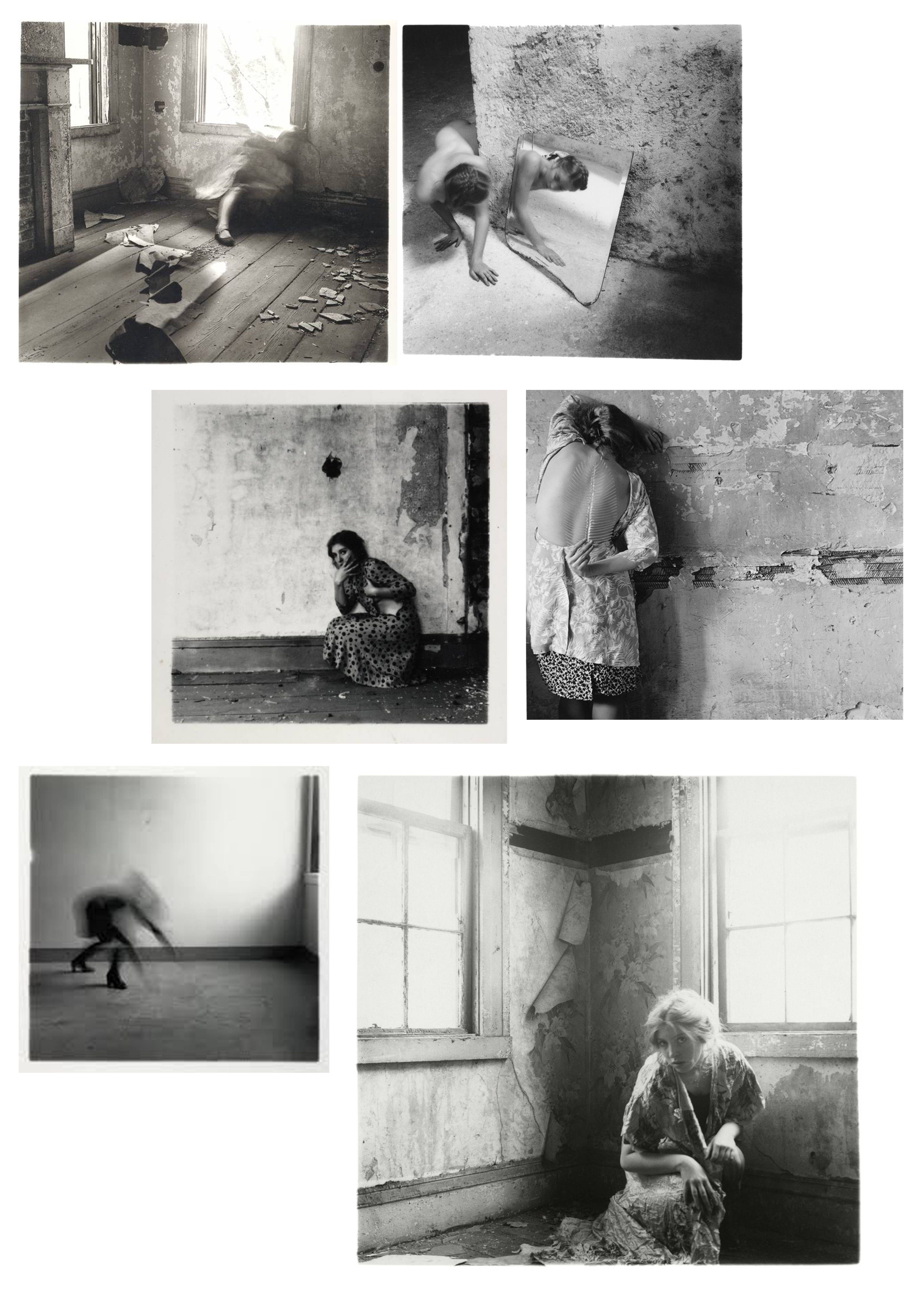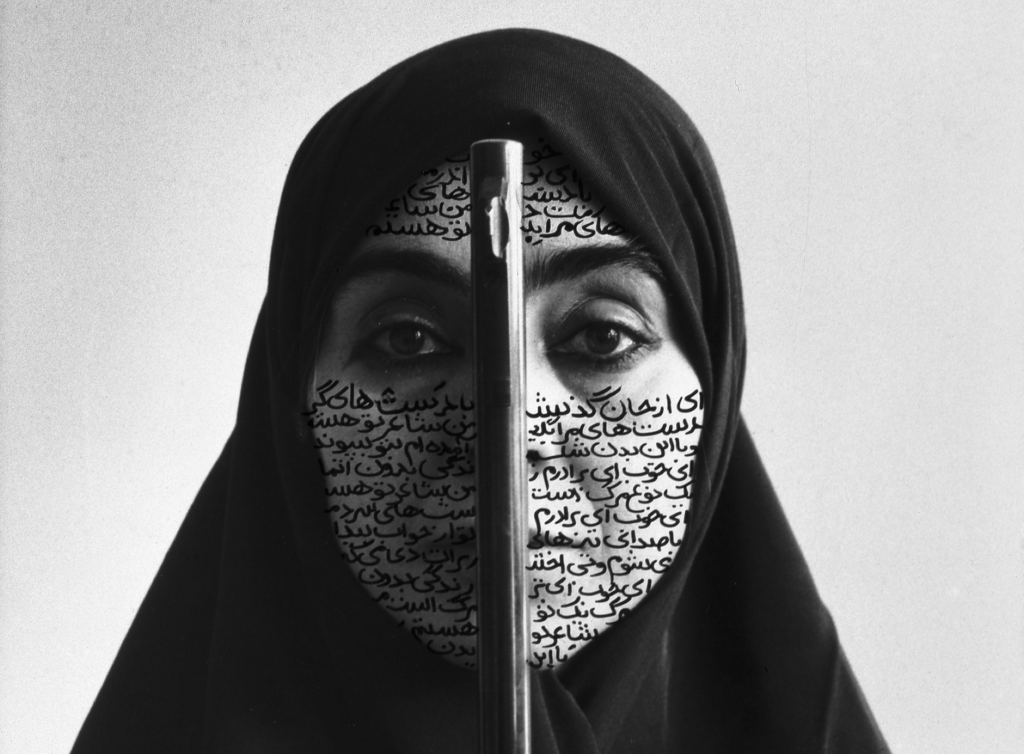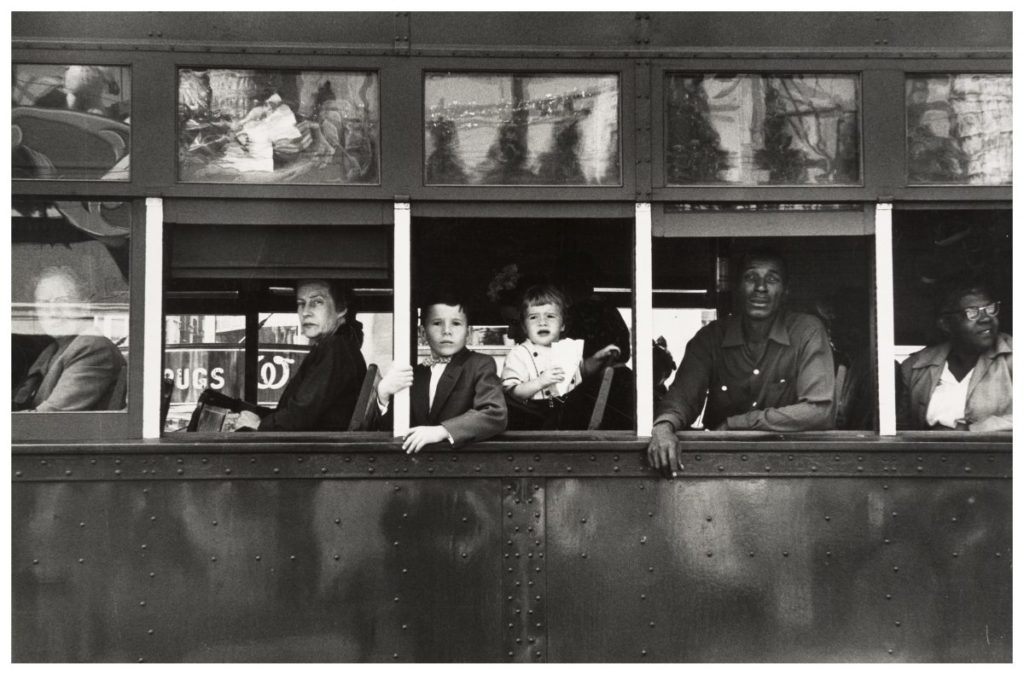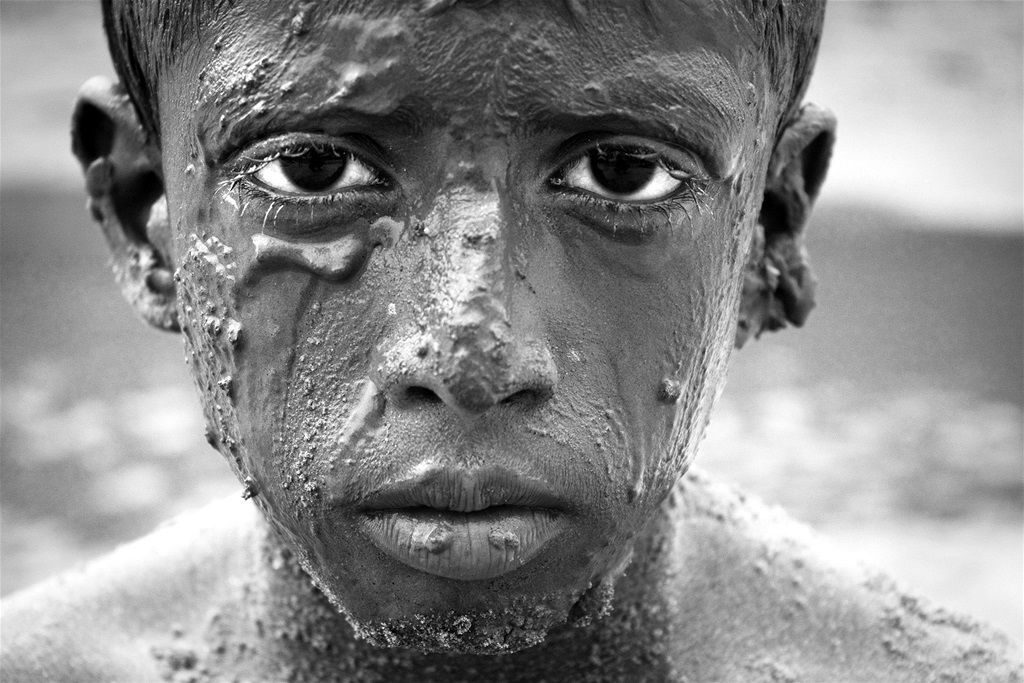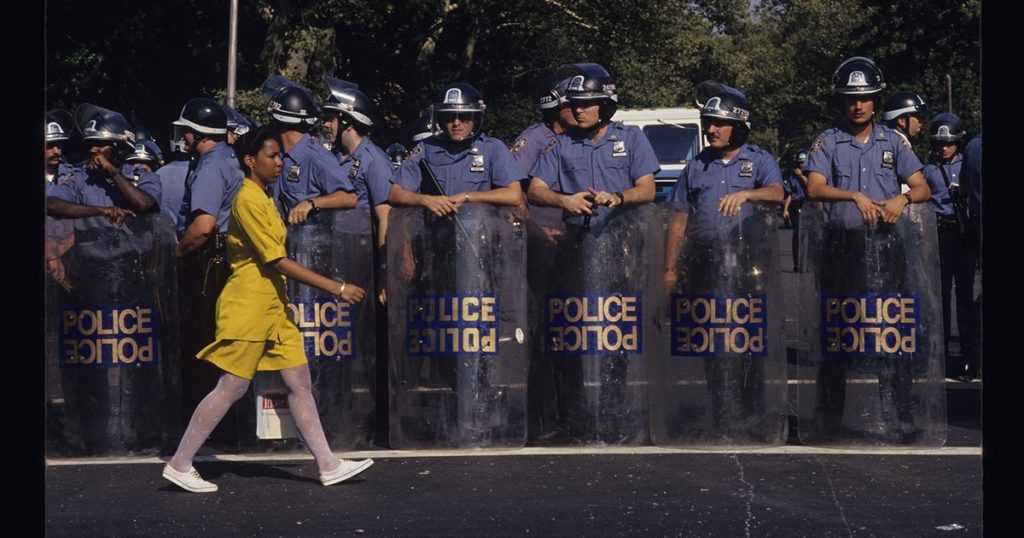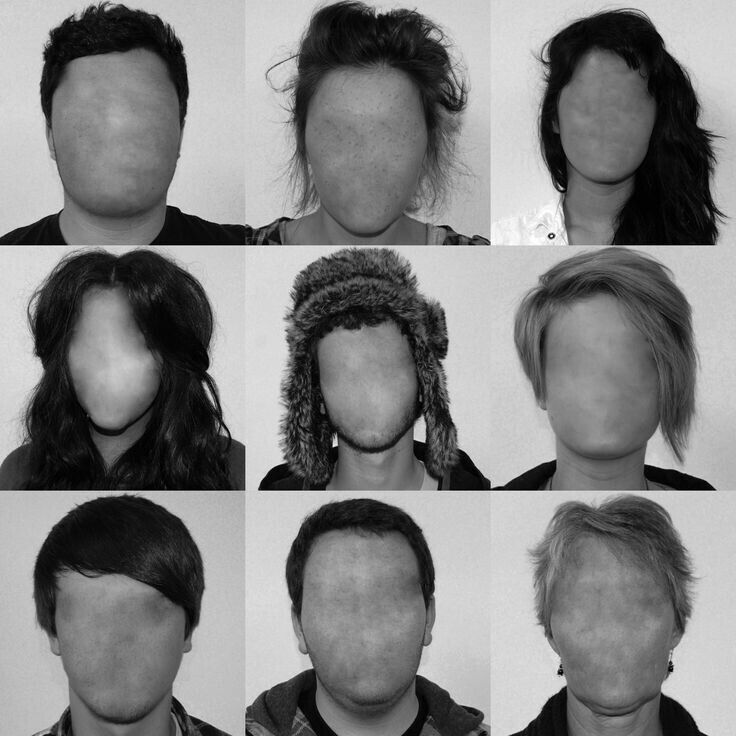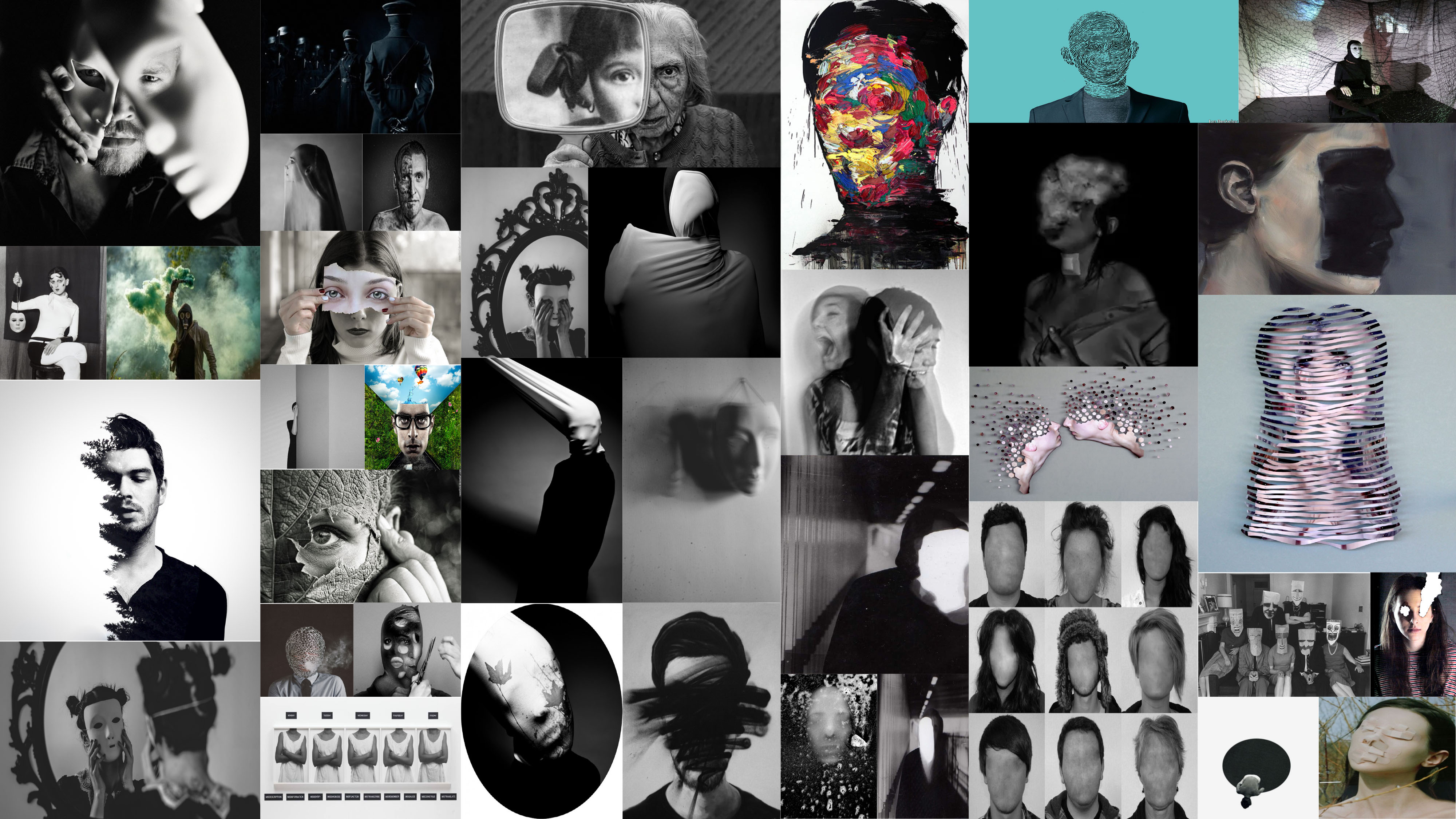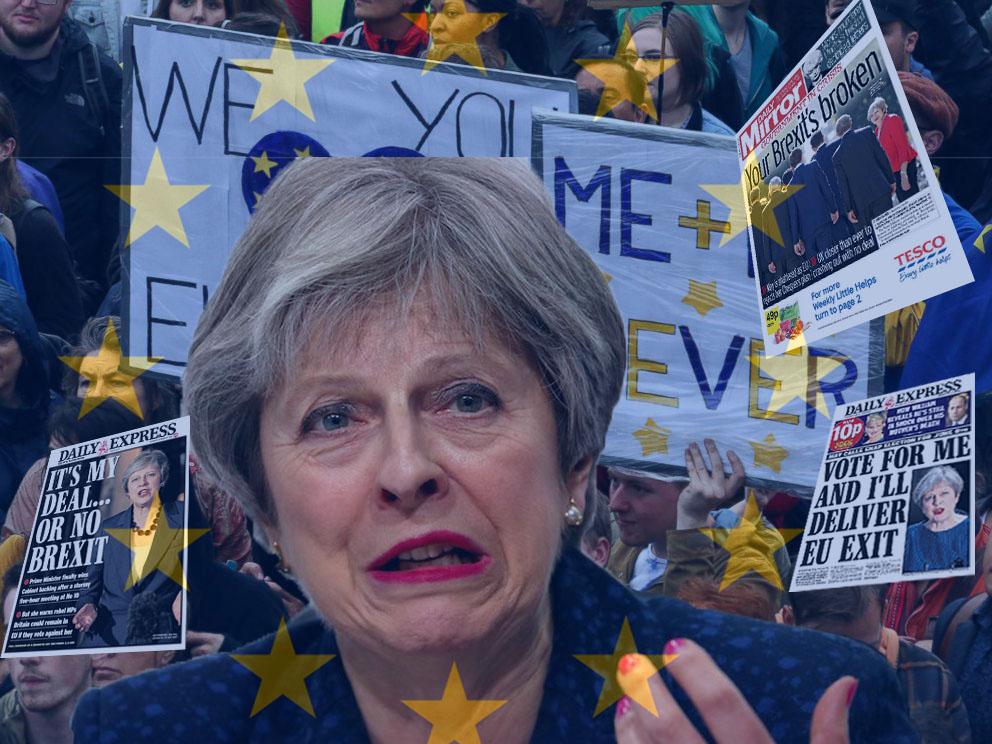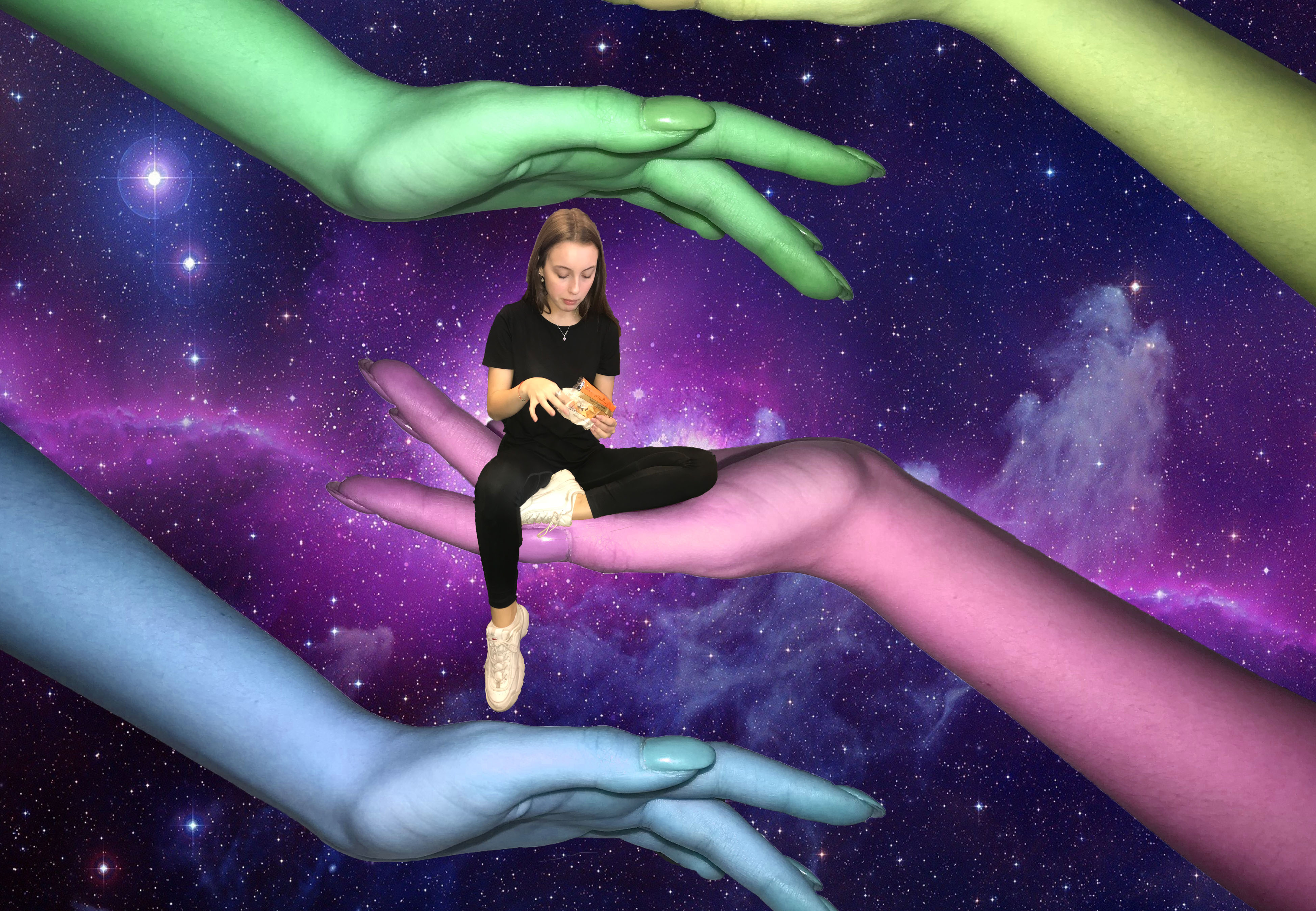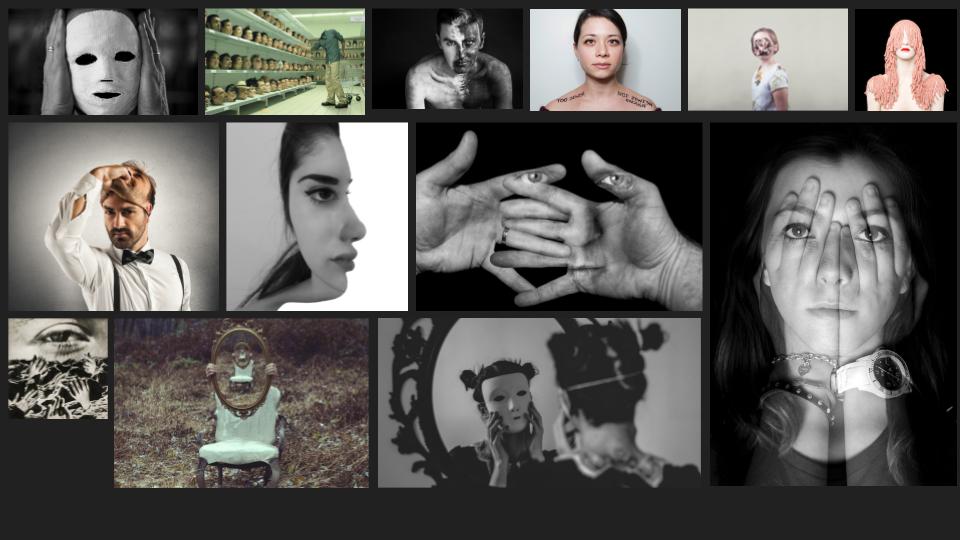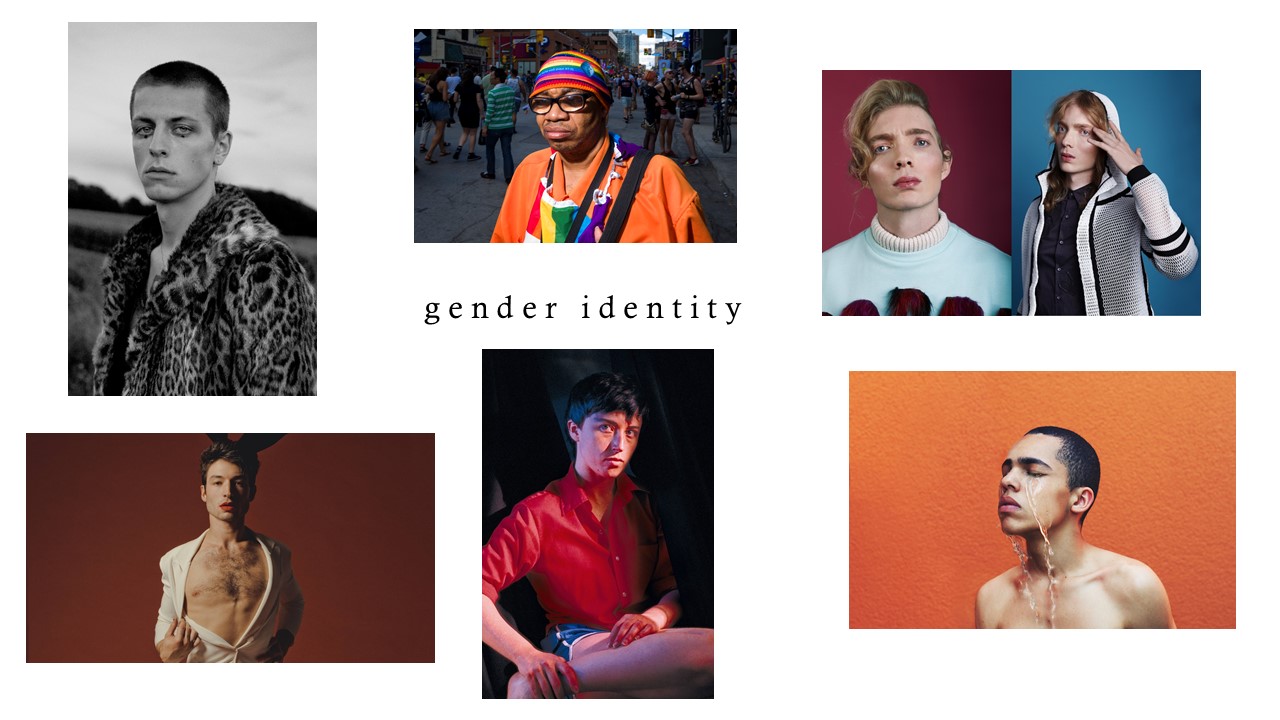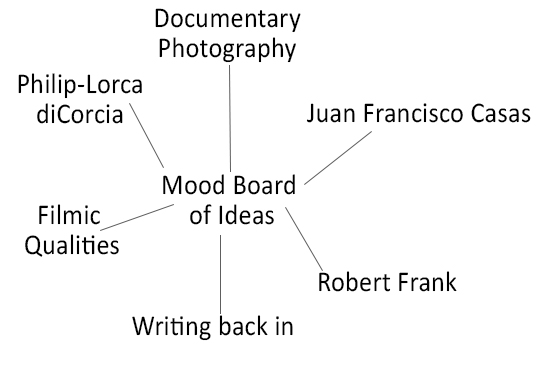Looking at experimentation with in portraiture
I have decided to focus again on studio work because i find it is easy to control the variables that effect my final image out come.
When using a full studio lighting set, I was working on looking at the contrast of light and Dark and over exposure and under exposure. Also how different lights give different effects and meanings behind photos. Also I was looking at creating shadows and trying to make alive shadow with a second figure behind.
This is working on traditional portraits and lighting with a plane white or black back ground. My aim was to draw attention to the faces and make them the focal point of the picture. Worked with different angle making the focal point more to the right or left to offset the image and give it more visual interest and intrigue.







All of these images are playing upon the ideas of light and dark making the image actually contrast itself through the characters. This contrast of light and dark characters plays on the ideology of good and bad. These images are completely unedited, when I edit them I feel like the images are going to be more effective and have more of a visual impact.





Also of these images are playing upon the concepts of doubles and shadows. Looking at using color filters over the Red head/ spot lights. This creates a creepy underwater kind of theme to the image. The last image of this set is my favorite creating a ghostly double exposure feel to the image. This image was not actually a double exposure it was just done with two models and a low sutter speed to create movement with the surrounding outsides of the images while keeping the faces in focus.










These images were taken using a ring light to create a brighter more ghostly light. Where as the soft box lights create more of a over all surrounding light which is warmer and has less of a directed focus. That why I chose to use a ring light because it works more on the light that is already preset and brightening it up . Also the ring light gives more of a crisp bright contract from the background.








